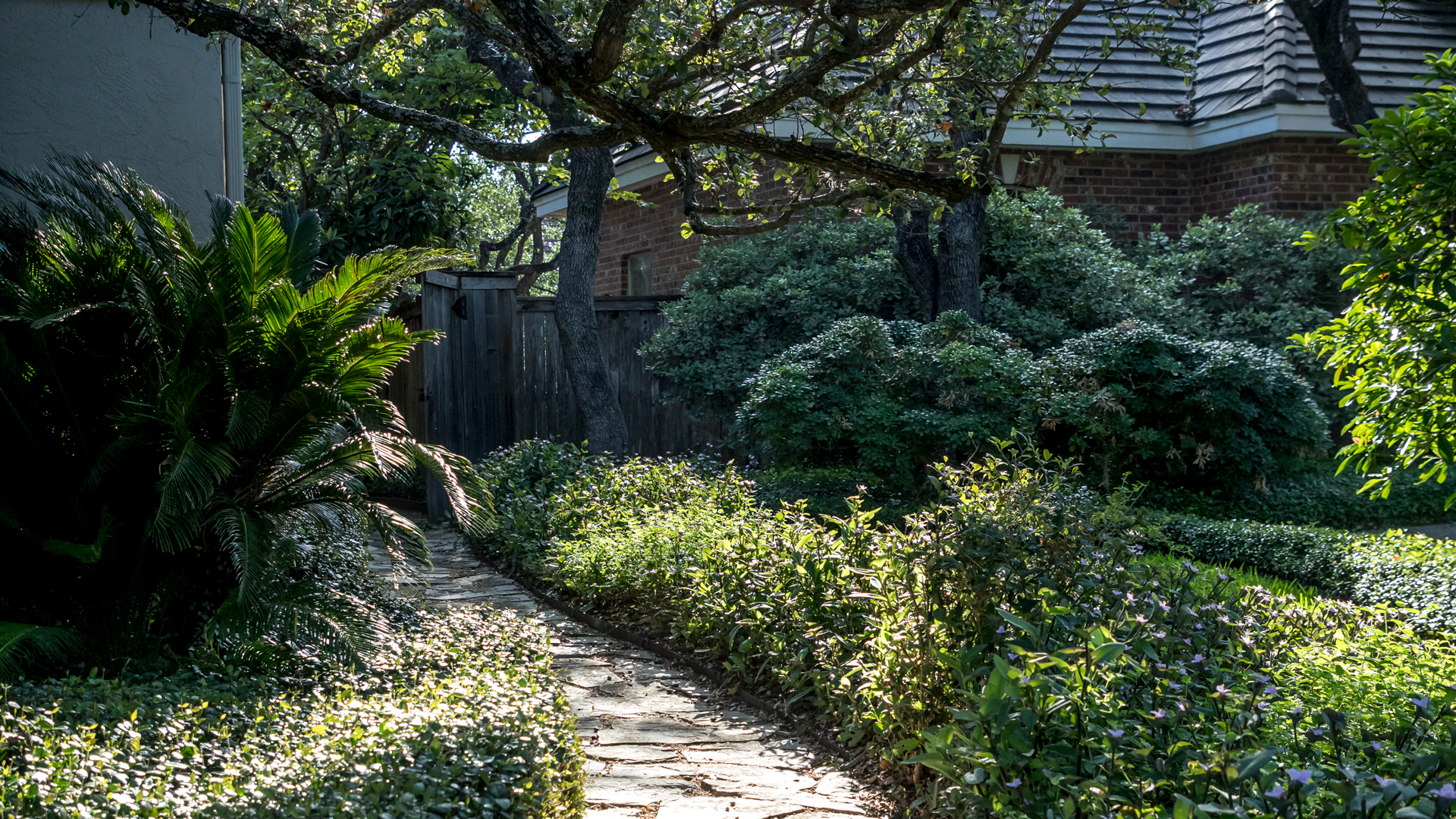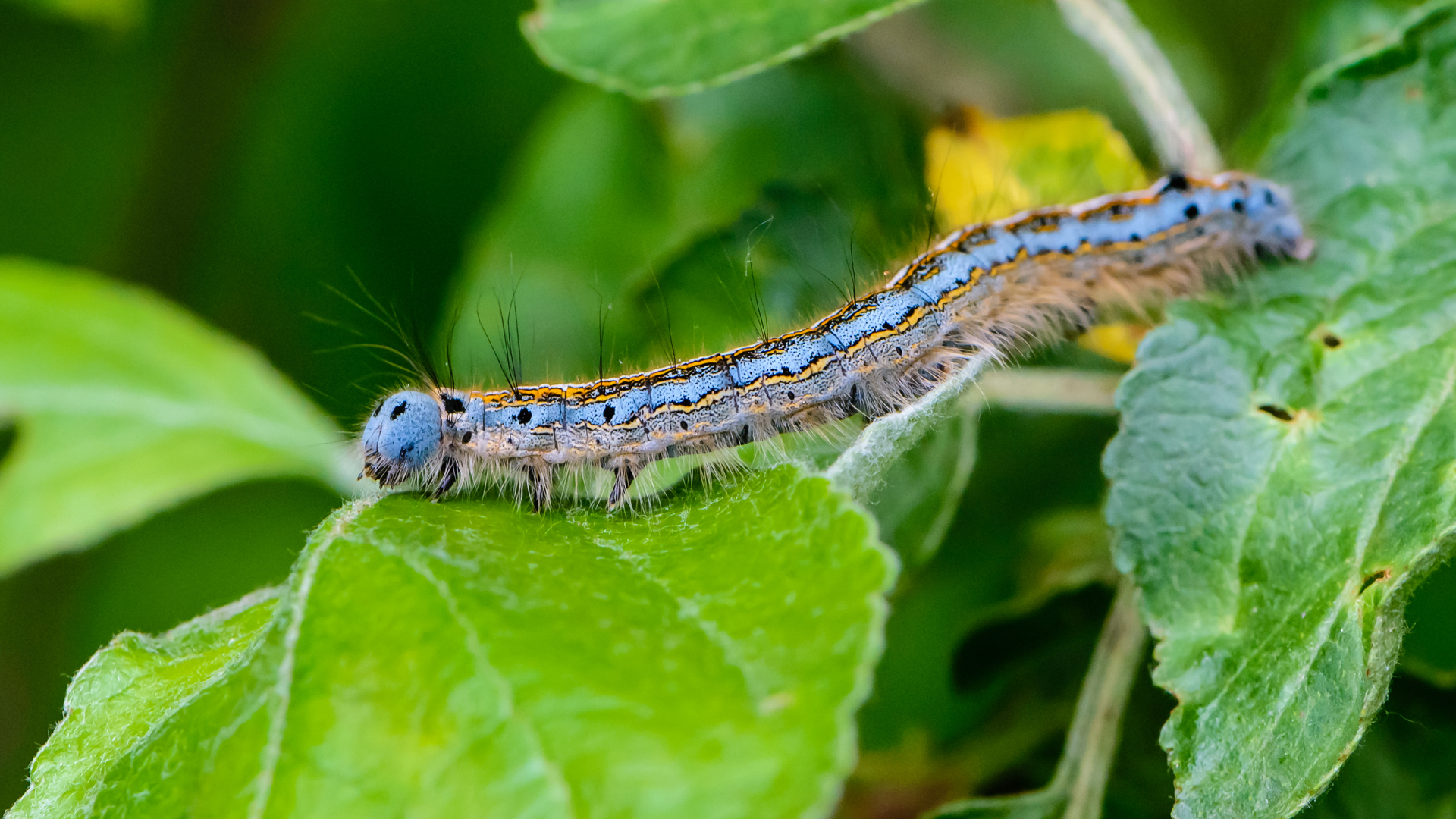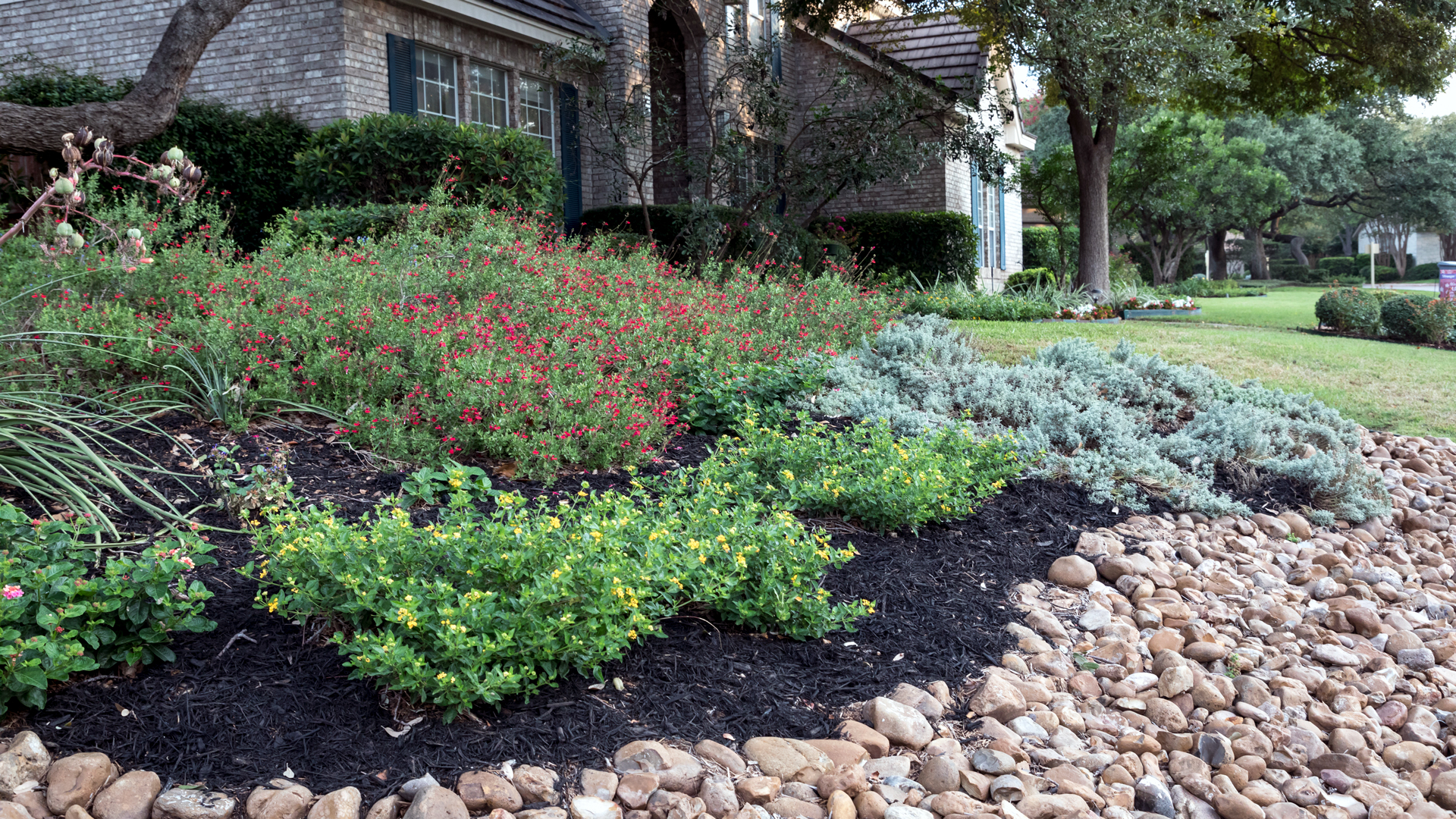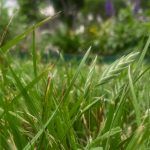Think of your garden as a welcome mat for migrating birds. Plant natives, turn out the lights and embrace our feathered travelers.
Springtime in Texas can be simply sublime with its eye-widening wildflower displays, buzzing bees and the delightful parade of migratory birds. Did you know almost two billion birds wing their way through Texas skies, stopping in for food and rest along the way?
You may not think about it much, but your landscape design and plant selections can make a difference for migrating and resident birds, as well as other wildlife. I like to think of my yard as a small piece of their larger habitat.
Each spring I feel a kinship with these travelers as my husband and I once walked north from Georgia to Maine on our Appalachian Trail thru-hike. I often think of all the people whose efforts went into smoothing the way — from those who built and maintained the trail to the “trail angels” who helped us along the way with a ride or meal, a.k.a “trail magic.”
Imagine yourself as a trail angel for the birds heading north as you pick out plants from the nursery this spring. Cast a critical eye on your yard before heading to the garden center.
Do you have layers? Groundcovers, perennials, shrubs and trees provide shelter, nesting spots and food.

What’s your caterpillar production looking like? No, really! Native plants typically host more insects, including caterpillars, which provide an important source of food for birds and their babies. You may not appreciate caterpillars on your plants, but the birds sure do!

Feeding a nest of five chickadees takes 6,000 to 9,000 caterpillars. Boost your production with native shrubs and trees. Make your garden really count with a diversity of native plants. In fact, go ahead and count how many are blooming in each season so you can fill any holes. And, keep those seedheads for winter dining!
Can you bump out your beds? Large lawns are slowly fading away as more people focus on sustainable landscapes that use less water and provide more benefits to us all. An easy way to include more plants in your landscape is to simply enlarge your existing garden beds and shrink your water-guzzling lawn by 200 square feet. Use our WaterSaver Landscape Coupon to beef up those beds!

One final tip to help our feathered friends: Turn off non-essential outdoor lights from 11 p.m.-6 a.m. during the spring migration March 1-June 15, 2023.
Bright city lights can attract and disorient birds that migrate by night. They may crash into buildings or windows, so turn off lights and close the blinds. Bird fatalities can result when the distraction leads them to waste energy flying around.
Let birds rest and avoid landscape lighting in trees or yards. Those nestlings also need their shut-eye. Follow dark skies friendly lighting practices for safety and security lights. Aim lights down and shield them. Avoid blue-rich white light emissions.
The peak migration period this year is April 22 through May 12. Find more tips and guidelines for residents and businesses at Lights Out, Texas.
Of course, check out our resources on landscaping for birds and wildlife gardening. Water and energy savings that keep cash in your wallet and birds in your backyard — what more could you ask for?
Let’s all work a little trail magic in our yards by growing drought-tolerant native plants for these delightful travelers and our resident morning chorus.



